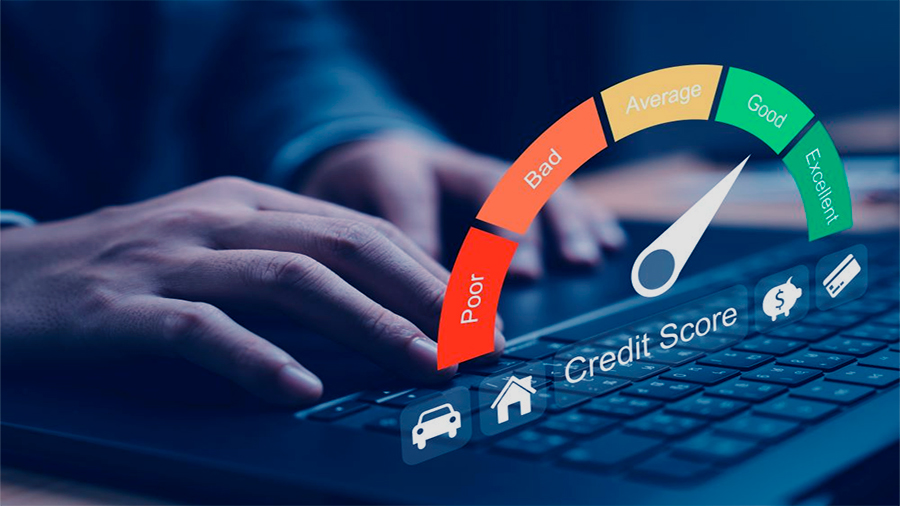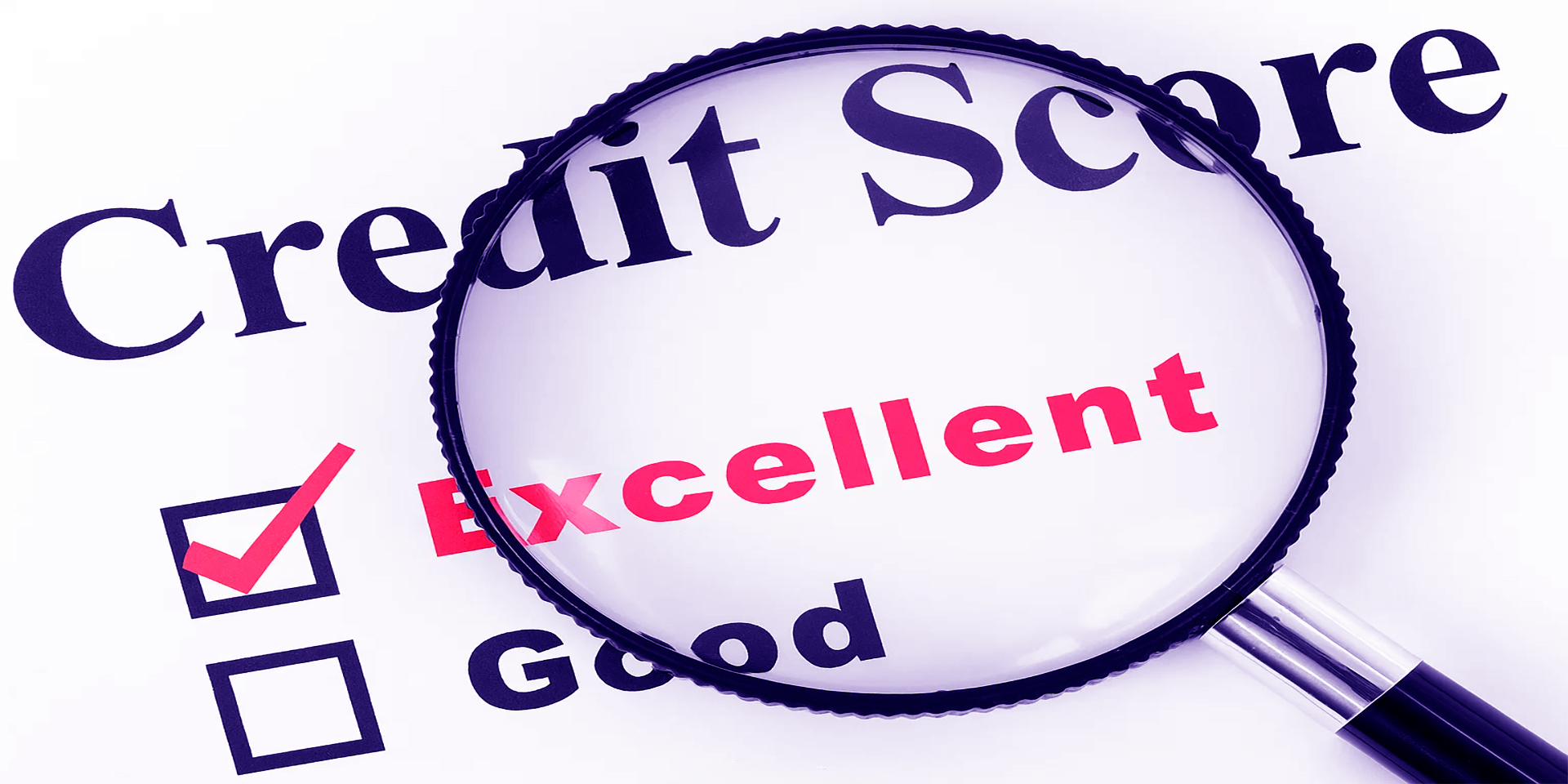How Digital Risk Platforms Transform Business Credit Ratings
Business Credit Rating And Digital Risk Analysis Platform
The traditional business credit rating model relied heavily on historical financial statements, collateral, and long-established client relationships. While effective in the past, this system often excluded fast-growing startups or innovative companies with limited history but strong potential. Today, artificial intelligence and digital risk analysis platforms are rewriting the rules. By combining big data, real-time information, and advanced algorithms, banks can now evaluate businesses more dynamically, balancing opportunity and risk with far greater precision. This shift is not just about technology—it reflects a cultural change in how lenders view business potential, resilience, and trustworthiness in the digital age.
The Evolution Of Business Credit Ratings
Business credit ratings once centered on backward-looking indicators such as audited balance sheets, repayment history, and tangible assets. While these metrics offered clarity, they often missed emerging risks or growth opportunities. Companies without a long financial track record were penalized, regardless of their true potential. The digital transformation of finance has introduced a new paradigm. Banks and fintech firms now use platforms that integrate structured and unstructured data: everything from payment transactions to supply chain behavior, social media sentiment, and even cybersecurity resilience. This holistic view allows lenders to create more accurate, real-time credit assessments. The evolution reflects a shift away from static models to adaptive scoring systems that recognize the fluid, fast-paced nature of modern commerce.
Limitations Of Traditional Credit Ratings
Conventional systems often created blind spots. Small businesses with irregular income cycles appeared riskier than they truly were. Sudden downturns in client industries or market shocks also escaped early detection, exposing lenders to unforeseen losses.
The New Paradigm Of Data Integration
Digital platforms allow credit ratings to reflect a company’s actual operating environment. Payments, contracts, logistics records, and even customer feedback feed into algorithms that generate risk profiles with unprecedented depth and timeliness.

The Role Of AI In Risk Assessment
Artificial intelligence underpins the new generation of risk analysis platforms. Machine learning models identify patterns in enormous datasets that humans cannot process manually. These algorithms detect correlations between financial health, operational behavior, and external risks. For instance, AI might identify that a decline in supplier diversity correlates with higher default probability, or that increased cybersecurity alerts signal vulnerability. Importantly, AI systems evolve. They continuously learn from new data, adjusting risk assessments in real time. This adaptability gives banks an edge in predicting defaults before they happen and in rewarding businesses that demonstrate resilience. AI-driven assessments are not infallible, but they reduce uncertainty and broaden access to credit for companies once excluded by traditional models.
Pattern Recognition Beyond Financials
AI platforms can analyze non-financial signals such as staff turnover, payment delays to suppliers, or changes in online reviews. These factors often provide early warning of financial stress long before it shows in official accounts.
Real-Time Adjustments
Unlike traditional credit scores updated quarterly or annually, AI-driven systems can update daily or even hourly, reflecting changes in cash flow, contracts, or market conditions. This responsiveness creates a living credit rating that adapts to reality.
| Traditional Credit Rating | AI-Driven Risk Analysis |
|---|---|
| Relies on historical financial data | Integrates real-time financial and non-financial data |
| Static, updated infrequently | Dynamic, continuously updated |
| Ignores non-financial signals | Analyzes supply chain, digital footprints, and sentiment |
| Limited inclusion for startups | Broadens access through forward-looking assessment |
How Digital Risk Platforms Transform Lending Decisions
Digital risk platforms do more than assign scores—they reshape lending strategies. Banks use them to segment clients by growth potential, risk exposure, and resilience factors. This enables differentiated lending: high-potential firms may receive faster approvals, while higher-risk applicants face targeted conditions such as insurance or risk-sharing agreements. Platforms also support predictive stress testing, simulating how businesses would perform under shocks like commodity price surges or supply chain breakdowns. For banks, the result is reduced default rates and more efficient capital allocation. For businesses, it means faster decisions, customized loan structures, and in many cases, greater access to financing. The dynamic interplay between lender and borrower creates a healthier ecosystem where capital flows more efficiently to productive enterprises.
Client Segmentation For Smarter Lending
Instead of rejecting applicants outright, platforms allow banks to classify them by risk level and apply tailored conditions. This nuance supports innovation while protecting financial stability.
Stress Testing And Scenario Planning
By running multiple risk scenarios through AI-driven simulations, banks can anticipate vulnerabilities. For example, a logistics company dependent on one supplier may face higher scrutiny than a diversified competitor.
The Social And Ethical Dimensions Of Digital Credit Ratings
The shift toward AI-based credit ratings raises important ethical questions. Algorithms may inadvertently replicate or amplify biases present in the data. For example, if a model penalizes businesses in certain regions because of historical defaults, it risks excluding otherwise strong companies. Transparency is another issue: businesses often do not understand how their digital behavior affects credit ratings. Regulators and lenders are working to ensure fairness, explainability, and accountability. At the same time, digital platforms can enhance inclusion by recognizing strengths that traditional metrics overlooked—such as consistent micro-payments, strong online customer reviews, or community engagement. The ethical challenge lies in maximizing fairness while leveraging data for efficiency.
Bias And Fairness Concerns
AI systems can unintentionally reproduce inequalities. Lenders must audit models regularly and ensure that excluded groups are not unfairly penalized by patterns in historical data.
Transparency For Borrowers
Companies need clarity about which behaviors and indicators influence their credit rating. Platforms that provide dashboards and explanations help businesses improve their standing proactively.

Case Studies: How Banks Apply Digital Risk Analysis
Several real-world cases demonstrate the impact of digital platforms on business lending. A European bank implemented an AI-driven system to evaluate small businesses, integrating payment histories, online transactions, and supply chain data. Default rates dropped by 20% within two years, while approval rates for startups rose significantly. In Asia, a major bank used digital platforms to monitor agricultural clients in real time, incorporating satellite imagery of crops into credit assessments. This allowed rapid response to weather-related risks and reduced losses during drought seasons. These examples highlight how banks use technology to align lending with actual business conditions, rather than outdated assumptions.
Fintech Collaboration
Partnerships between banks and fintech startups play a central role. Fintechs supply the algorithms and platforms, while banks provide capital and regulatory expertise. Together, they create hybrid systems more powerful than either could build alone.
Global Variations
Adoption varies by region. European institutions often emphasize regulatory compliance and environmental, social, and governance (ESG) integration, while Asian lenders focus on scalability and inclusion for underbanked businesses. Each market adapts digital tools to local priorities.
| Region | Digital Risk Focus | Key Outcomes |
|---|---|---|
| Europe | Compliance, ESG integration | Higher transparency, alignment with green finance |
| Asia | Scalability, inclusion | Expanded access for small and micro businesses |
| North America | Innovation and competition | Rapid adoption of fintech partnerships and pilot programs |
| Latin America | Credit inclusion for SMEs | Greater use of alternative data to fill documentation gaps |
The Future Of Business Credit Ratings
Looking ahead, business credit ratings will become increasingly real-time, inclusive, and multidimensional. Advances in artificial intelligence, blockchain, and open banking will expand the range of data available, from verified transactions to decentralized reputation scores. Companies will gain more control over their credit profiles, with platforms offering interactive dashboards that highlight strengths and weaknesses. Regulators will demand greater explainability, pushing lenders to balance complexity with transparency. In the long term, the integration of digital risk analysis platforms promises not only more efficient lending but also a more resilient business ecosystem. Firms that embrace transparency, data accuracy, and ethical practices will benefit most from this transformation, turning credit ratings into tools for strategic growth rather than barriers to opportunity.
Integration With ESG Goals
The next generation of platforms will likely merge credit scoring with ESG metrics, rewarding businesses that reduce emissions, strengthen labor practices, or improve governance. This holistic view reflects the expanding responsibilities of lenders in shaping sustainable economies.
From Ratings To Relationships
Credit ratings will no longer be one-time labels but dynamic relationships between banks and businesses. Lenders will support clients with insights, guidance, and early warnings, transforming the lending process into a collaborative partnership.
The Conclusion
Business credit ratings and digital risk analysis platforms mark a fundamental change in lending. AI, big data, and predictive models allow banks to see businesses not just as numbers on a balance sheet but as dynamic entities shaped by multiple forces. This evolution broadens access to credit, reduces risks for lenders, and strengthens the financial ecosystem. Yet it also requires vigilance in ethics, fairness, and transparency. The companies and banks that adapt responsibly will thrive in this new environment. By embracing digital platforms, lending moves closer to a system that is adaptive, inclusive, and better aligned with the realities of modern business.





